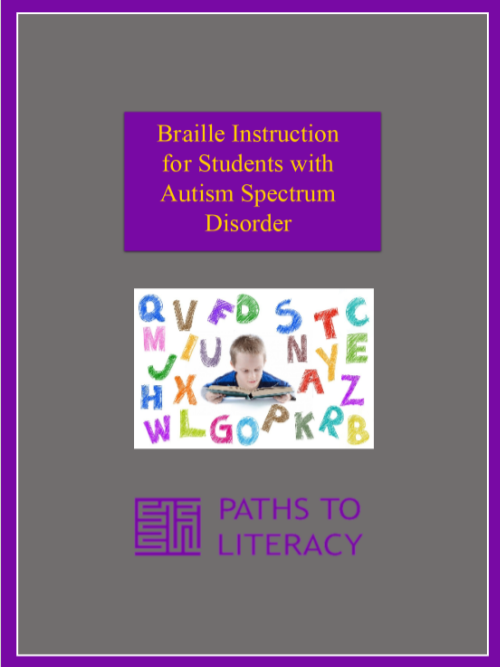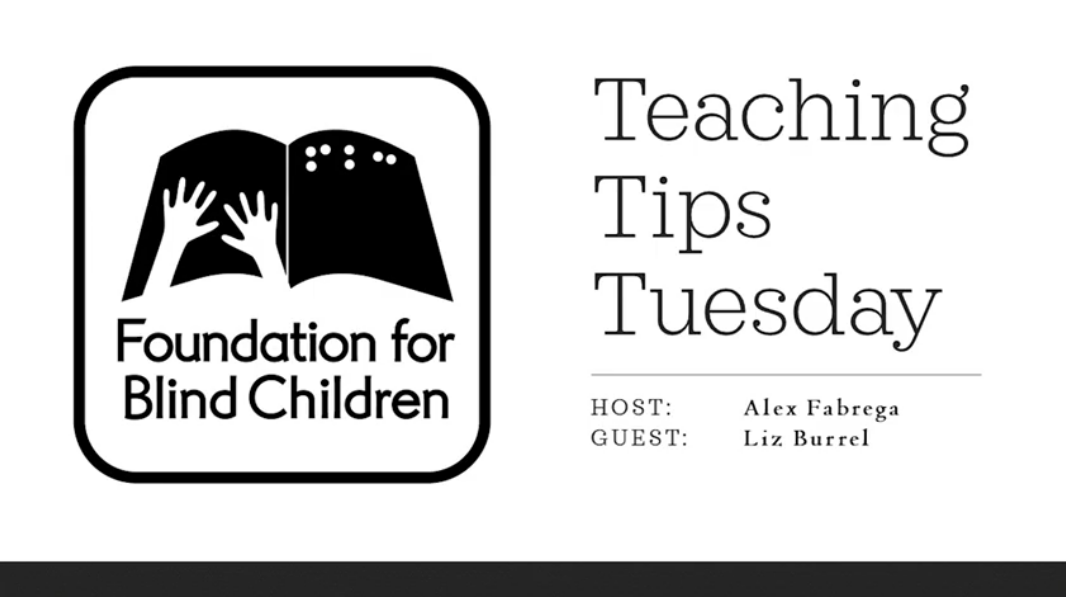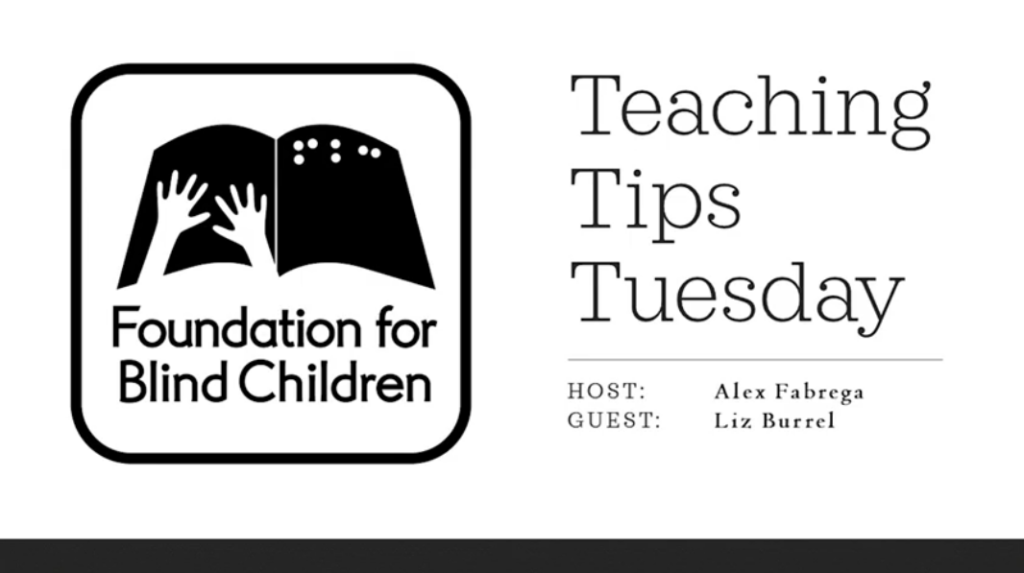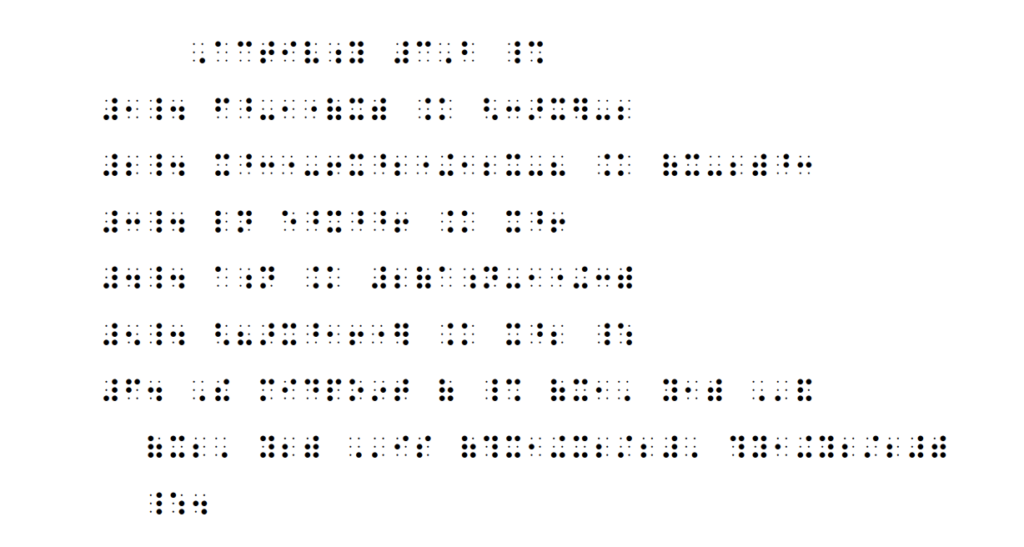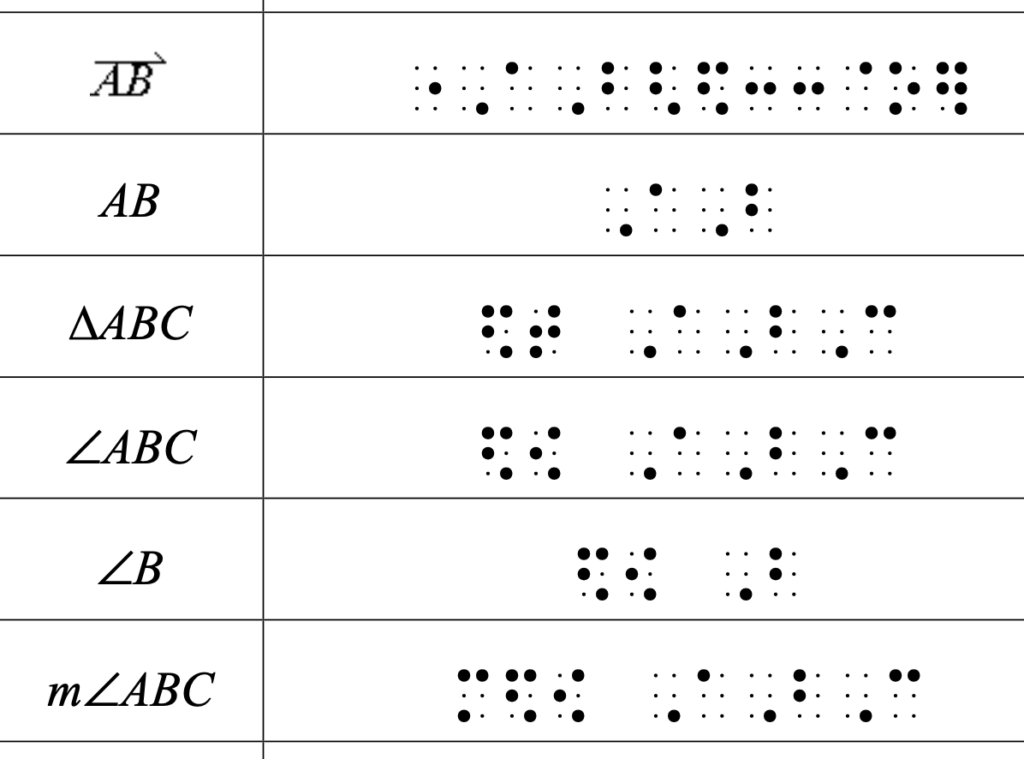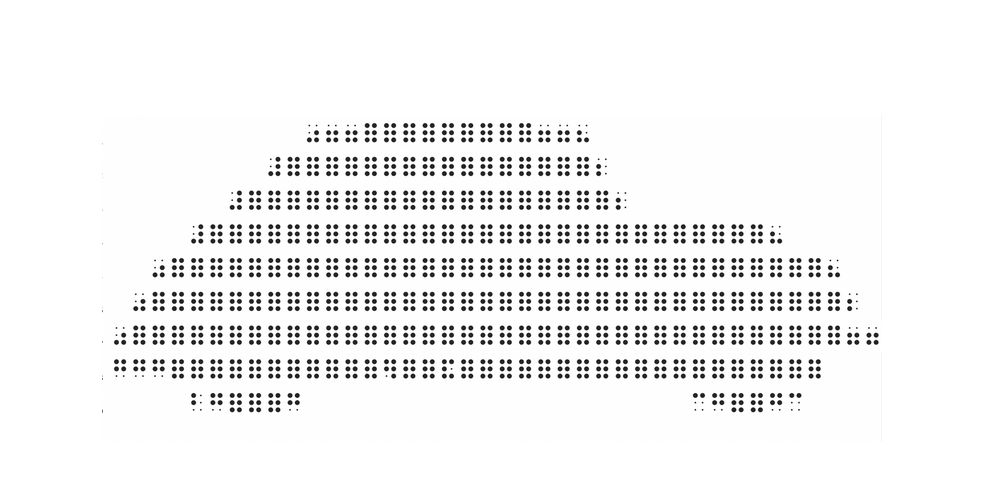Teachers of the visually impaired work with a wide variety with students. Many of these students have additional needs beyond their visual impairment, such as autism spectrum disorder (ASD). Some students have both ASD and visual impairment, or they may have traits that are associated with autism spectrum disorder. Knowing the students you work with and all their strengths and needs is important to creating a good working relationship. In my experience working with braille students who also have ASD, I have found that getting to know your student, having a set routine, allowing for breaks, and making braille fun and meaningful help to strengthen this working relationship, and aid in braille instruction.
Watch a Video of This Topic With Liz Here
Getting to Know Your Student
When getting a new student, my first step is getting to know that student as well possible. This doesn’t just include their present levels for vision, but includes the student’s preferred and non-preferred activities, their interests, how they go through their schedule, and any systems the team has in place. While these are things that can be learned from the student’s Individualized Education Plan (IEP), it can be extremely beneficial to get a feel for the student and get to know the team members the student interacts with throughout the day through observation. Taking a whole day to shadow a student is rarely realistic, but joining a student for even a part of their day can provide valuable information about how they learn.
Once you have built a base rapport with the student, you can begin to develop plans for braille instruction. The basis of instruction of any student, but especially students with autism spectrum disorder, is a routine.
Have a Set Routine
Autism spectrum disorder is a spectrum and all the people on it are different. Because of this, routines can look different from student to student. Some students benefit from very structured routines that have little to no change every day. Others may prefer to have a say in the order of activities. By getting to know the student’s daily routines, you should gain some insight to their preferences. In either case, allowing for breaks, making braille fun and meaningful, and consistency day to day are key.
Allow for Breaks
Throughout a daily routine, two different types of breaks should be implemented. During these breaks, the student does not have any work-related expectations.
These breaks include preferred activity breaks and sensory breaks.
Preferred activity breaks are typically what people think of when describing breaks. They are something for students to work towards. Included in these breaks may be games, a toy, a particular activity, etc., and can be vision related (think braille legos!) or purely play based. They are typically chosen by the student either before beginning work, or at the start of their break.
Sensory breaks can be used as needed when a student appears to be overwhelmed or in need of sensory input. Examples of this may be encouraging movement, playing music, using a sensory swing, or having the student wear a weighted vest. Sensory needs vary from student to student, so activities can vary, but the concept is the same.
These breaks can be worked into a schedule or used as needed. For example, you may know that after completing braille reading activities, your student typically benefits from a break before moving on. Usually, I work preferred activity breaks into the schedule, and use sensory breaks as needed to start. Once you get to know your student better, you may be able to gather data on when your student benefits from sensory breaks and work them into your schedule as well.
Utilizing Student Talents
Now we get to the fun stuff, which is actually teaching the braille!
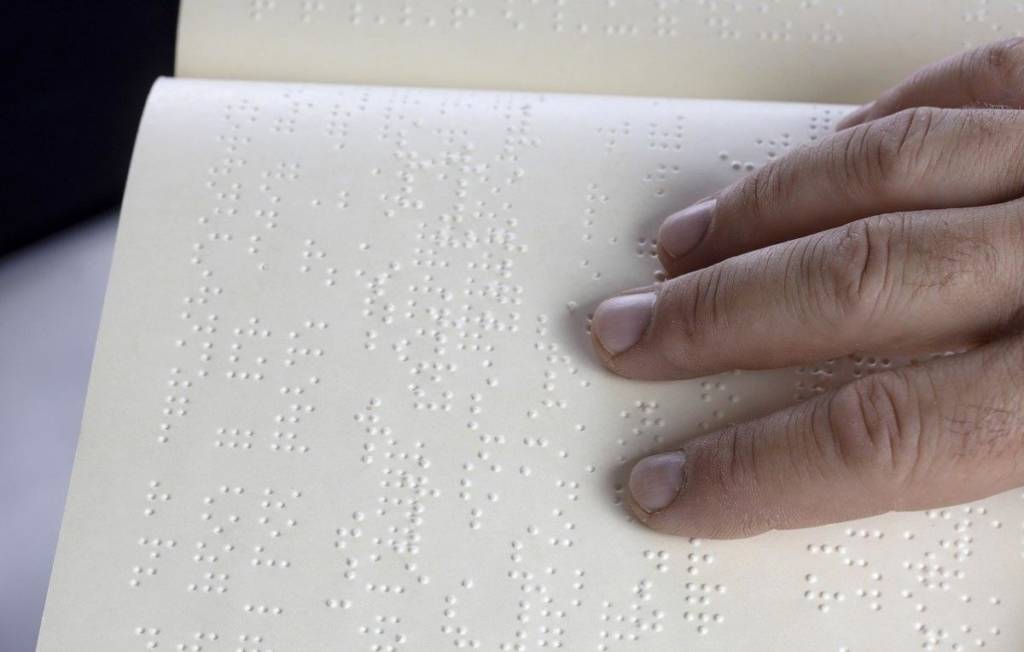
Something that I find is helpful is to use the student’s talents to their advantage. If you have a dual media learner who has an exceptional memory, you may have the opportunity to really take advantage of visuals. Opinions on this may differ, but the students that I’ve worked with have had exceptional visual memory that they have then been able to utilize when exploring tactile materials. Students may have other talents as well, such as music, numbers and math, and so on. The possibilities are endless! By using these talents during instruction, students can learn something new while utilizing familiar and preferred techniques.
Make Braille Fun and Meaningful
Making braille fun can be as easy as finding what your student enjoys and adding it to your lessons. Incorporating a student’s interests makes braille instruction easier for both the teacher and the student. This encourages the student to be more motivated and interested in learning, which allows the teacher to focus more heavily on instruction as opposed to behavior management.
When designing a lesson, think about how to make the activities more engaging. Does your student have a special interest?
Find ways to incorporate those interests into instruction. For example, one of my students loves the alphabet. When practicing typing words, he pulls a letter magnet out of a bucket. Once he types a word that starts with that letter, he is allowed to keep the letter magnet to play with on his break.
Students, especially dual media learners, may not know why they are learning braille or what it is used for unless it is expressly taught to them. In order to make braille meaningful, show your students how it can be used in activities they already participate in. Labeling items, allowing students to read what they’ve written, and modeling proper reading and writing techniques are just a few ways students can discover why braille is important.
Forming a Positive Relationship
My favorite part of my job as a teacher is my students. Create a positive working relationship with them, keep a routine, allow for breaks, and make braille fun and meaningful when working with students with ASD. This makes learning more enjoyable for both the teacher and student and allows instruction to be more productive. It’s rewarding for everyone!
